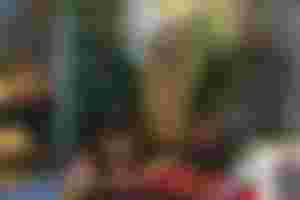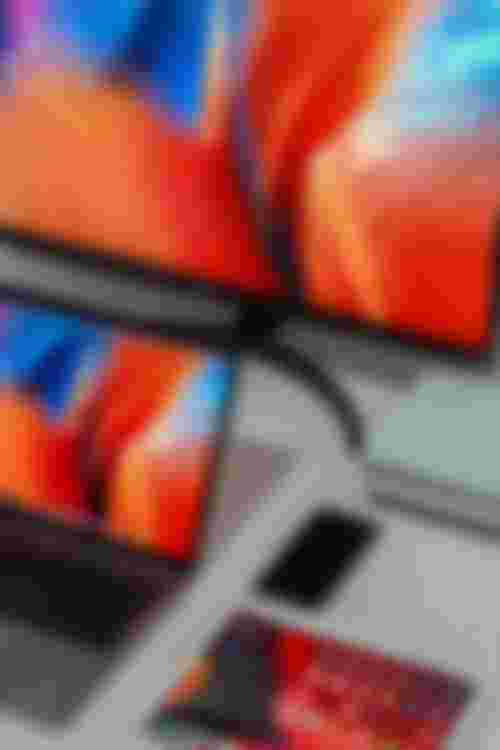In our last class, we learnt a lot regarding the types of colour monitors we have down through to the two types of computer monitors that are commonly used being the CRT and the flat panel display.
Today, we shall be looking into the above mentioned types of the commonly used Monitors viz: the CRT & the flat panel.
The Cathode Ray Tube(CRT) -

The CRT technology is the oldest technology among visual display units. It was invented in the late 1800's and was first used in the televisions in the 1940's.
They happened to be the dominant visual display units until the late 1990's when they began to be replaced by the LCD technologies. Their monitors were monochrome flickered(fluctuating light) I'm their display, which causes eyestrain and the image quality was really poor.
The CRT technology however, remained a dominant figure in the PC monitor market down into the new millennium partly because it was cheaper to produce and offered viewing angle close to 180° degrees.
In addition to all that, they also display their pictures through an analogue cable and that signal is decoded by the display controller which handles the internal components of the monitor.
Note: the controller can be regarded as a mini-CPU for the monitor. CRT's are the largest and heaviest of all the monitor types.
The CRTs have a distinctive funnel shape. A CRT has a large vacuum tube in the back with a cathode containing a heated filament(electron gun) that is pointing forward toward the viewer.
This electron gun fires off streams of electrons towards the front through a vacuum that exists in the tube of the monitor in response to the visual signal it receives from the computer.
The gun can also be referred to as a cathode, hence, the electrons fired forward are called cathode Rays.
These rays corresponds to the red, green and blue channels of the display and video card.
At the neck of the funnel shaped monitor is an anode which is magnectized according to instructions from the display controller.
As electrons pass through the anode, they are shunted or pulled in one direction or the other depending on how magnetic the anode is at that time and this moves the electrons towards the correct part of the screen.
The electrons pass through a mesh and this mesh defines the individual pixels and resolution on the screen.
However, electrons that pass through the mesh and then hit the phosphor are immidiately lighted up thereby causing the light to shine through the front of the monitor, thus making up the picture on the screen and there are different colours of phosphor for each pixel (that are known as phosphor triads), red, blue, and green and depending on which phosphor the electron hits, that is which colour the pixel will definitely light up with.
The Flat Panel Display(FPD)-

As the computer technology improves, so does the technology for computer display. Advances in computer display gives a better colour production, an enhanced refresh rates, increased in resolution and a larger physical size.
As the production methods improve, these advances become cheaper to incorporate into the production model computer displays.
Flat Panel monitors use a variety of technologies and the most commonly used is the LCD(Liquid Crystal Display).
LCD monitors are active matrix or passive matrix, hence, the active matrix monitors have higher refresh rates and better contrast, thereby making a more better brilliant display of characters on the screen and far more expensive as well than its close relative, the passive matrix display.
They(active matrix LCD)are also known as TFT(Thin Film Transistor) LCD monitors.
Colour monitors need three transistors for each pixel viz: red, green and blue and as for the portable PCs, such as the laptops, they make use of the flat panel display since they are more compact and consume lesser power than the CRTs.
Another technology is the light-emitting diode(LED) monitors. The LED provides us with a higher contrast and better viewing angles than the LCDs.

Liquid Crystal Display(LCD) monitors.

The first stand alone LCD displays appeared in the mid-90s selling for high prices and they began as displays units for calculators and Laptop screens but as prices declined over a period of years, they became more and more popular and by 1997, were competing with the CRT monitors.
Amongst the very first desktop LCD computer monitors was the Eizo L66 in the mid-1990s, the apple studio display in 1998and the apple cinema display in 1999.
The now common active matrix TFT-LCD technology also has a less flickering than the CRTs which reduces the eyestrain.
The LCD Technology.
The LCD is a display that creates characters by means of reflected light and it is composed of two specially treated plates of polarized glass that are passed together.
Between the plates is a liquid Crystal material that responds to an electrical current by allowing different wavelengths of light through at various points across its surface.
Instead of creating points of light, the entire premise of an entire LCD monitor is to block out the majority of the light in order to allow only the specific wavelengths that are interpreted as colours by our brains, through the front of the Monitor at all visible wavelengths.
The electrical current created by the visual signal sent from the community causes the liquid Crystal material to block out different wavelengths of lights across its face so to crate a general shapes and colours of an image.
The LCD can suffer from dead pixels while the CRTs do not suffering such mishap and they(LCDs) are quite very difficult to read in a strong light because they do not emit their own lights.
Note: I believe you have known the type of kind of monitor you should buy either for your household usage or for your businesses given the qualities and the little differences of them both which I've discussed here with you guys.
God's willing tomorrow, I shall be starting from the LCD Projector as well as all you need to know about it when making your choices plus other lovely and unmentioned ones I shall totally be bringing to your attention by God's grace tomorrow.
Good night rest all and love you deep down my heart.
All images are from unsplash photos.com.
Merry Xmas in advance






Merry Christmas in advance dear.